Exclusive golf carts suitable for driving on roads.
Danish company Garia aims to add an artistic touch to golf carts.
Based in Copenhagen, Garia is the self-proclaimed "world's first and only" luxury golf and leisure car brand, with the goal of revamping the traditional golf buggy. The company's ambitions extend beyond 18-hole courses.
In 2005, Anders Lynge, then a student at design school, met Soren Bak Hansen during an internship at a car company. Realizing a gap in the market, they founded Garia.
According to Lynge, the issue was that all golf carts looked the same, and didn't fit with the personalized lifestyles of those living in upscale communities. "We wanted to create a product that matched their high-end lifestyles, with the same quality as other items they surround themselves with."
Redefining the wheel(s)
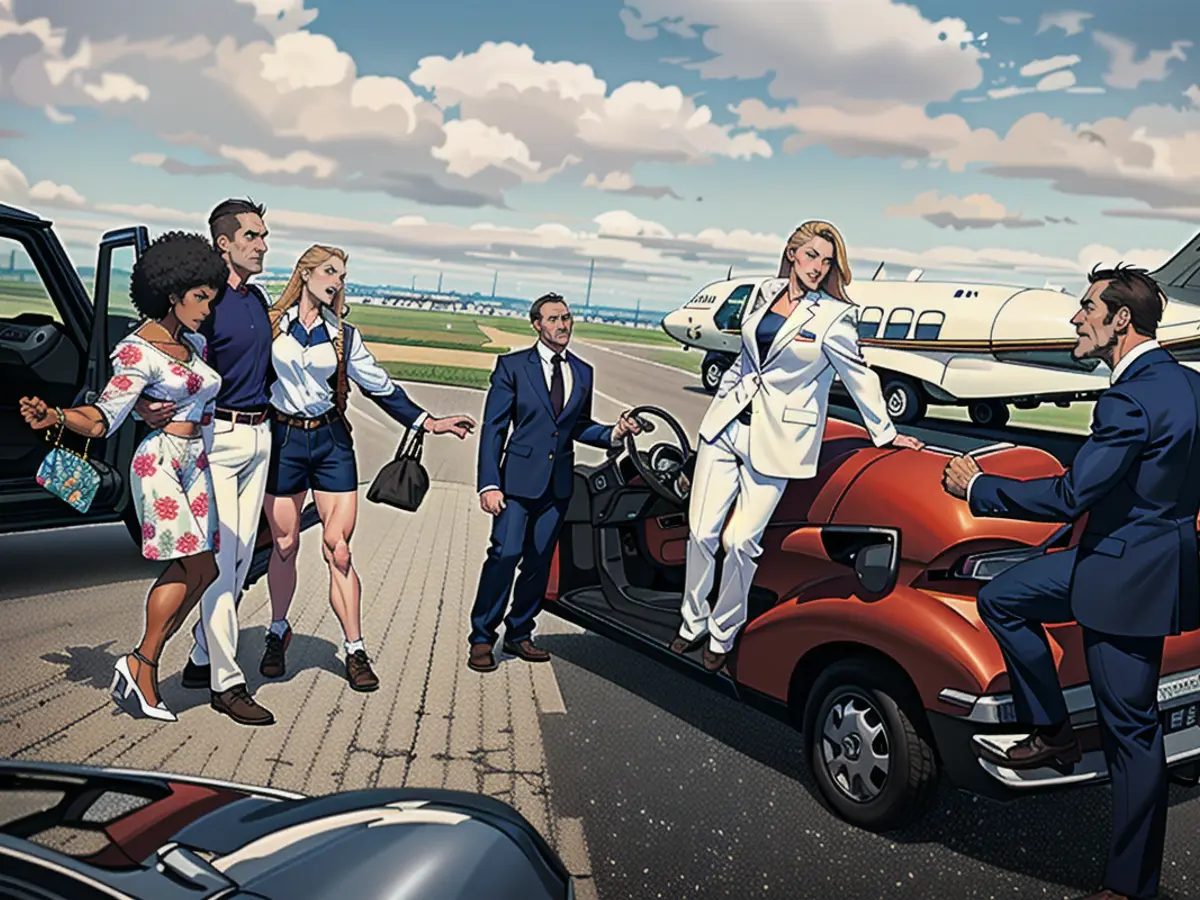
The task of reinventing the wheel literally and figuratively was not easy. Traditional golf buggies have a limited design due to their requirement to fit on golf courses and their paths. They also need to make 180-degree turns in cul-de-sacs.
Lynge compared it to creating a new bicycle or motorcycle, "You're so heavily constrained from a technical standpoint. It's the worst kind of shape you can have – it doesn't look very dynamic. You want something that's sort of Lamborghini-shaped – very low and wide – but the golf cart is the exact opposite."
Despite these challenges, the team managed to come up with solutions: extending the wheelbase, enlarging the cabin, extra-large alloy wheels without hubcaps, and a double wishbone front suspension for better handling.
Though Garia's vehicles look bigger and more muscular, their proportions are like any other standard golf cart. This is simply a visual "trick" – and one of many.
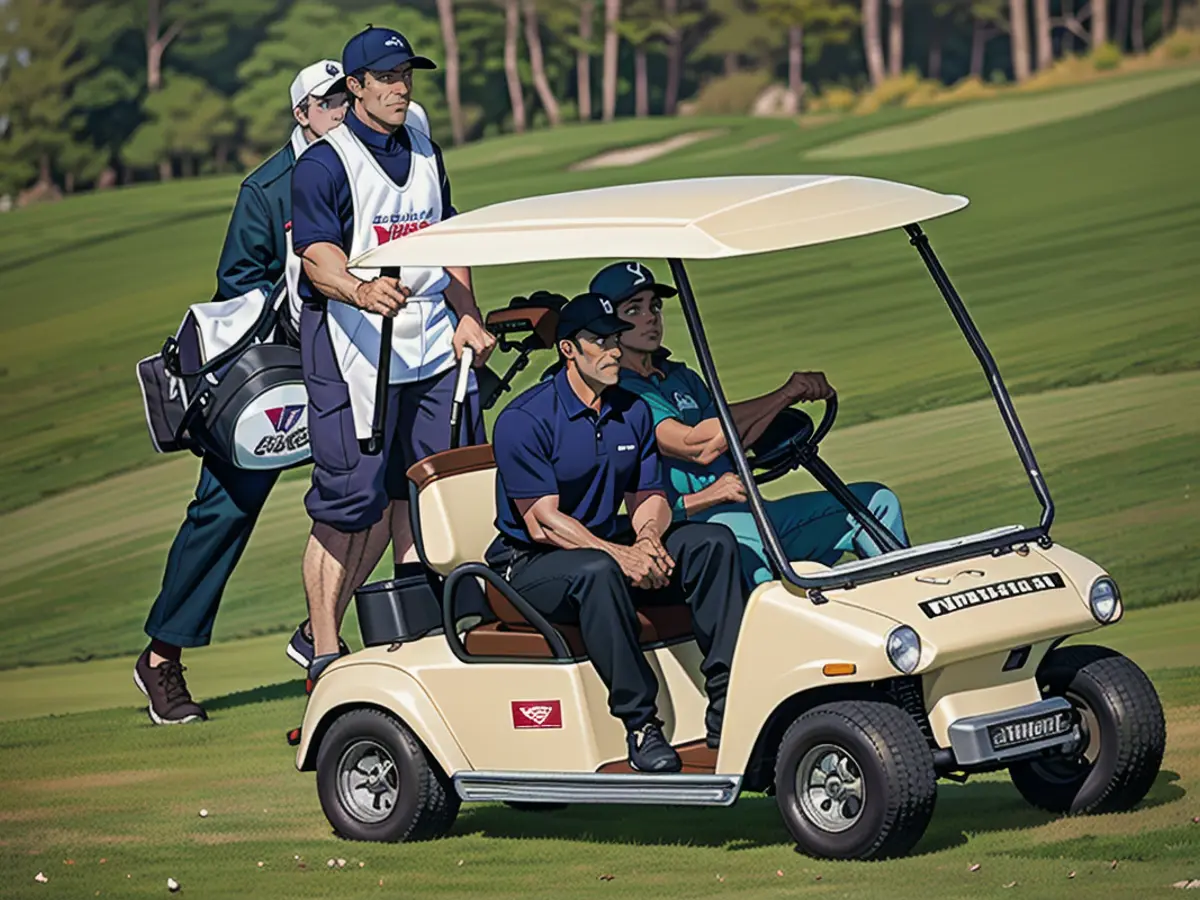
A storage box hidden behind the seat helps lift the beltline, reducing cabin space and giving it a more car-like feel. Accent lines and wheels pushed out to the edges help ground the vehicle. Lynge worked with positive and negative space, taking inspiration from Porsche's 911, with its use of convex and concave shapes across the car.
Distinctive and bespoke
Garias mostly look different from one another.
Buyers can customize nearly every aspect of their Garia through an online configurator, inspired by Nike's shoe customizer. They can choose body and roof colors (44 options and rising), wheels, and interior features like refrigerators and cup holders. There are millions of possible combinations, Lynge claims.
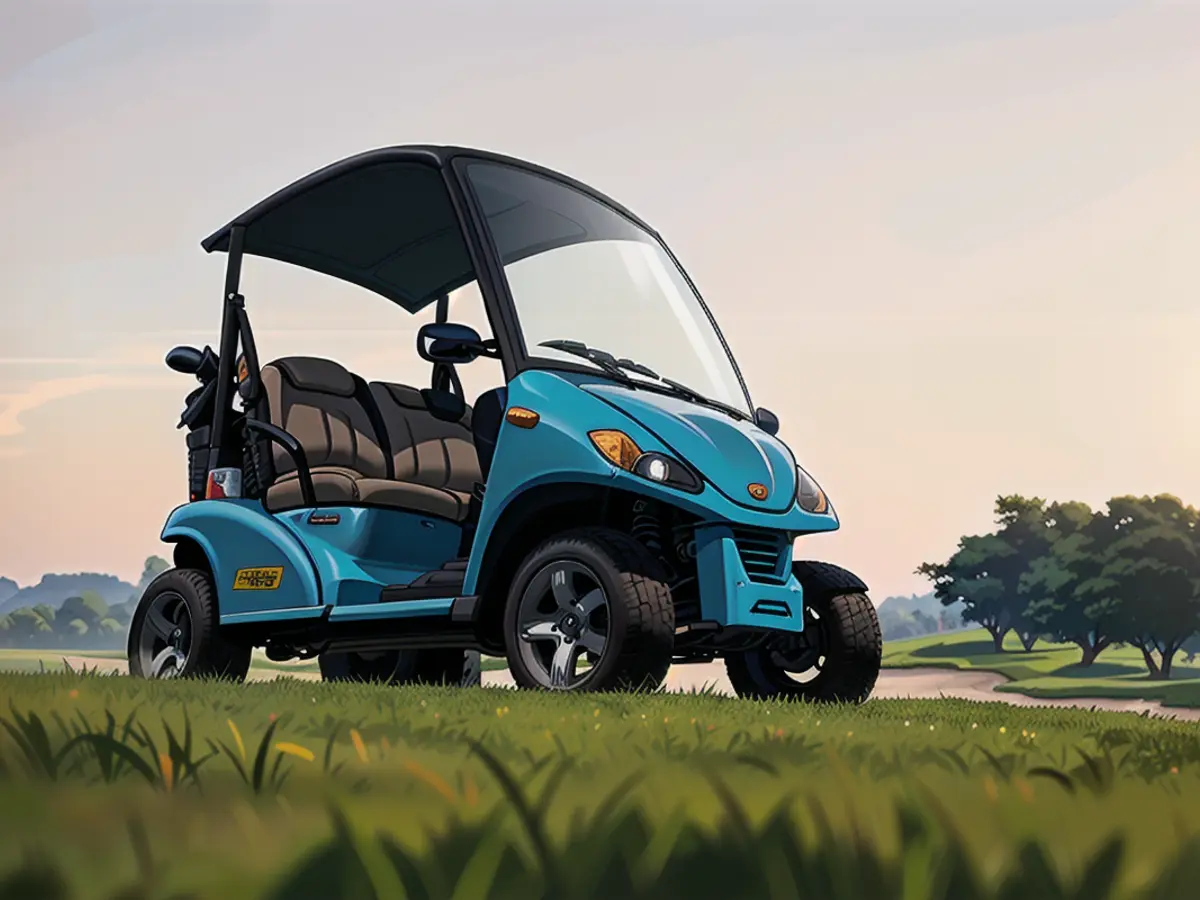
Luxury car modification firm Mansory provides accessories, adding to the exclusivity. German Bugatti supplier Kussmaul was paired with to build a single, special edition chrome Garia. Another collaboration was with Mercedes, who were approached after winning a competition to design a golf cart. In 2016, Garia released a radically different version inspired by Mercedes-Benz Style, which sold for just under €80,000 ($86,000).
Off the course
The scarcity of road-legal Garias means few have been seen on European roads.
Making road-legal models was always part of Garia's plan, but certification is no small feat. Strict safety and crash tests are required. While Europe allows for higher speeds, the US has a 40 kilometers per hour (25 miles per hour) legal limit. Despite these challenges, Lynge pursued the possibility of selling Garias in the lucrative US golf community market. Garia was sold by the Lars Larsen Group to American golf and utility giant Club Car in 2022.
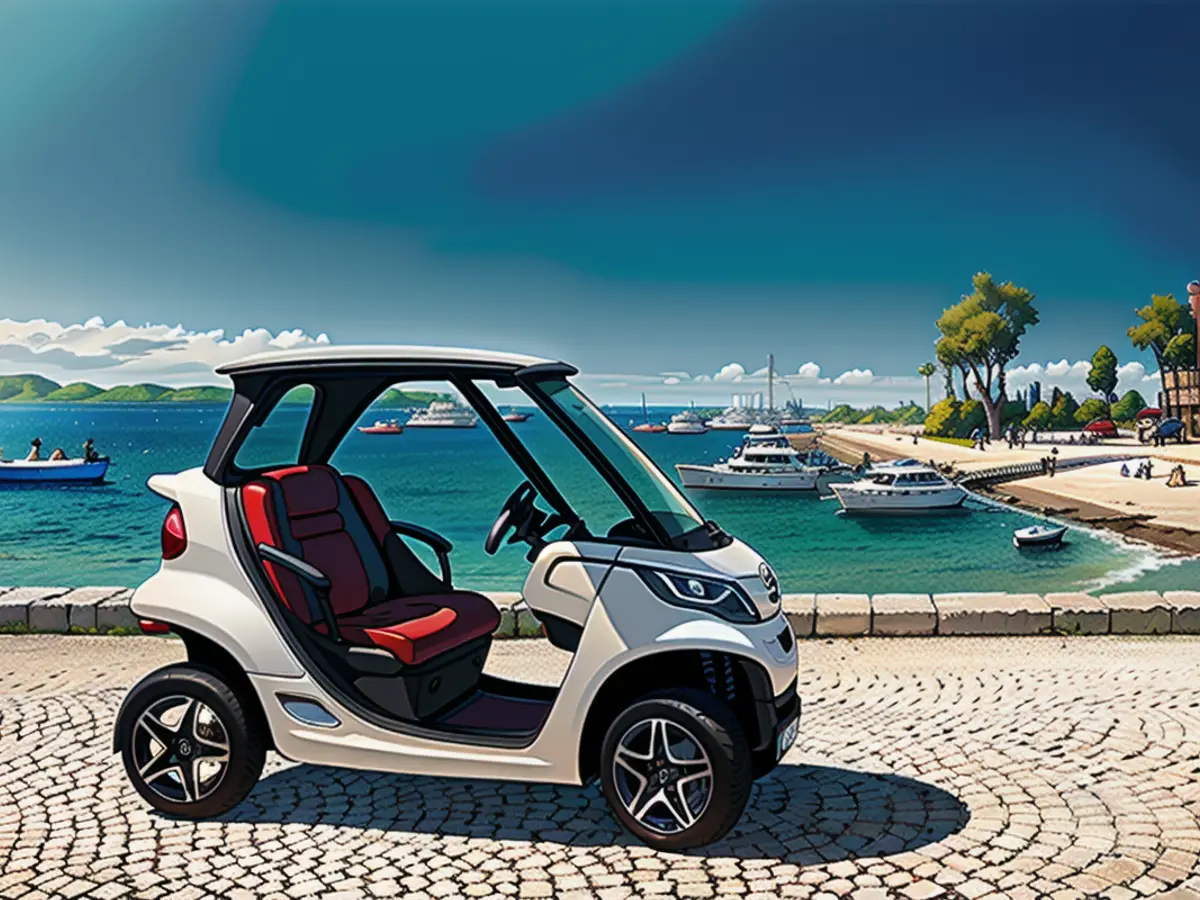
Garia's simple two-seater golf car, without customization or additional features, has a suggested retail price from the manufacturer of €14,939 ($16,100). The four-seater version starts at €20,189 ($21,770). The road-legal versions for both Europe and the US cost €18,959 ($20,440) for the two-seat model and €21,219 ($22,880) for four seats.
Lynge, who is very enthusiastic about these vehicles, said, "We believe these cars are really fun to drive and they're engaging. It's interesting – a big part of our customers are actually people who don't play golf. They might have a holiday house."
Looking forward, he sees Garia expanding beyond golf and into the leisure market, creating vehicles more like cars for urban mobility.
Lynge remarks, "In London, for example, how fast do you actually need to go? Forty-three miles per hour is more than enough, right? There's some kind of niche there as the market shifts to electric vehicles, where everything is uncertain. We're not sure where we'll end up, but we have some valuable lessons from this journey that can help us tackle mobility, perhaps even broader than just golf."
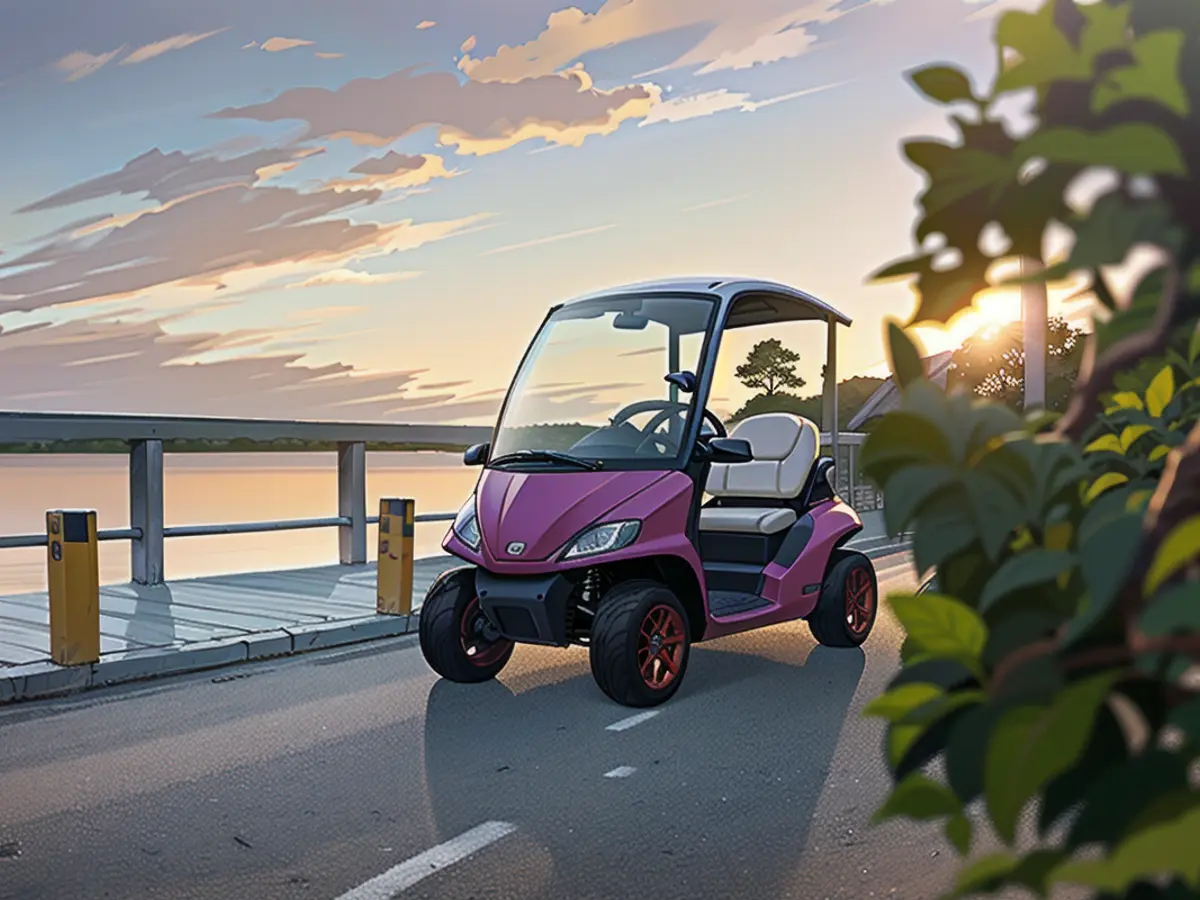
Read also:
- Prodigies of sport: Littler's predecessors
- Nagelsmann's announcement: A restless Christmas for national team players
- What sports fans prefer to watch on television
- The calm before the upheaval: Nagelsmann's European Championship plans
- Garia's luxury golf and leisure cars are not just limited to golf courses; they can be customized and driven on roads as well.
- attracted high-end clients with their exclusive golf carts, leading to collaborations with luxury car modification firms and renowned brands like Mercedes-Benz.
Source: edition.cnn.com








